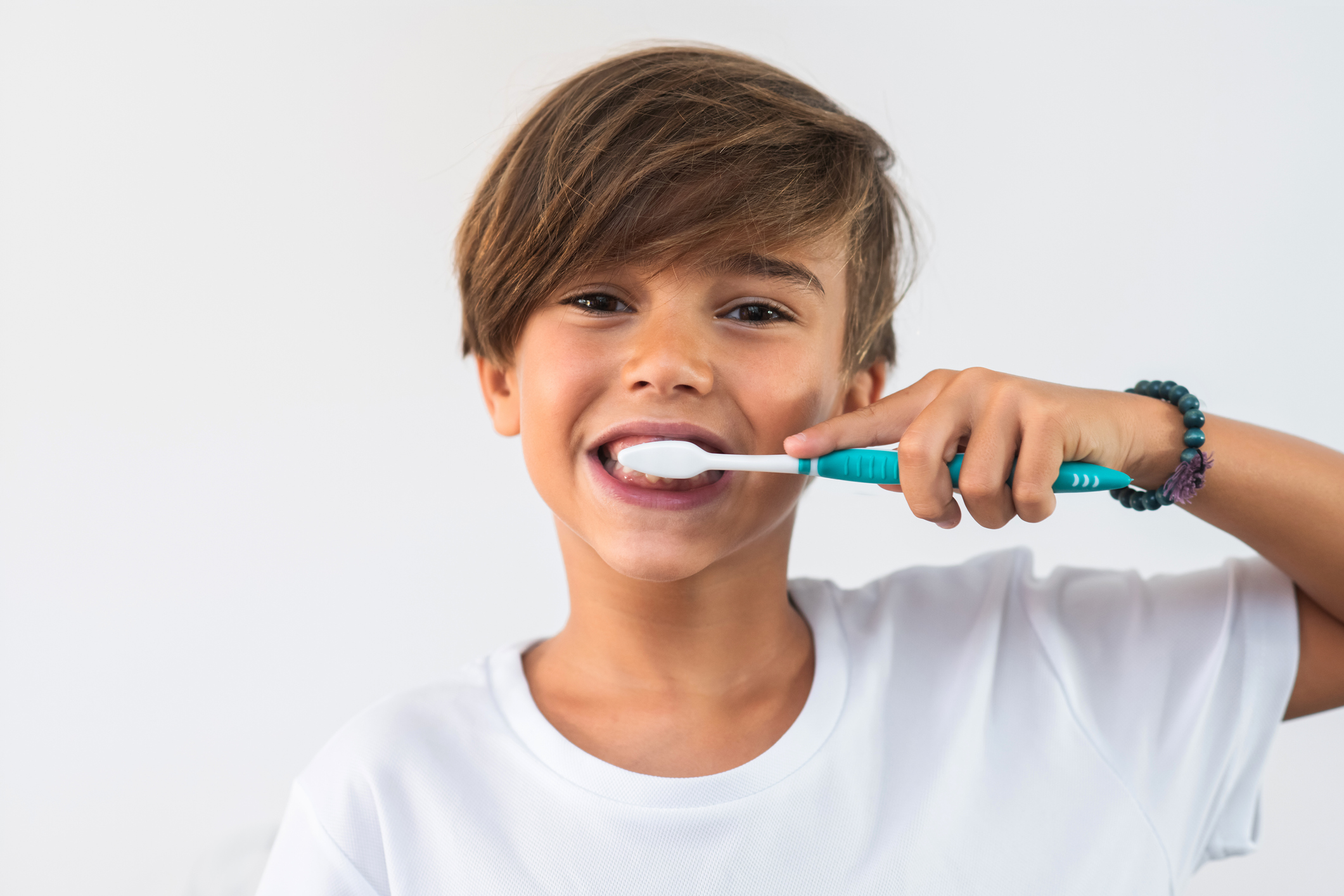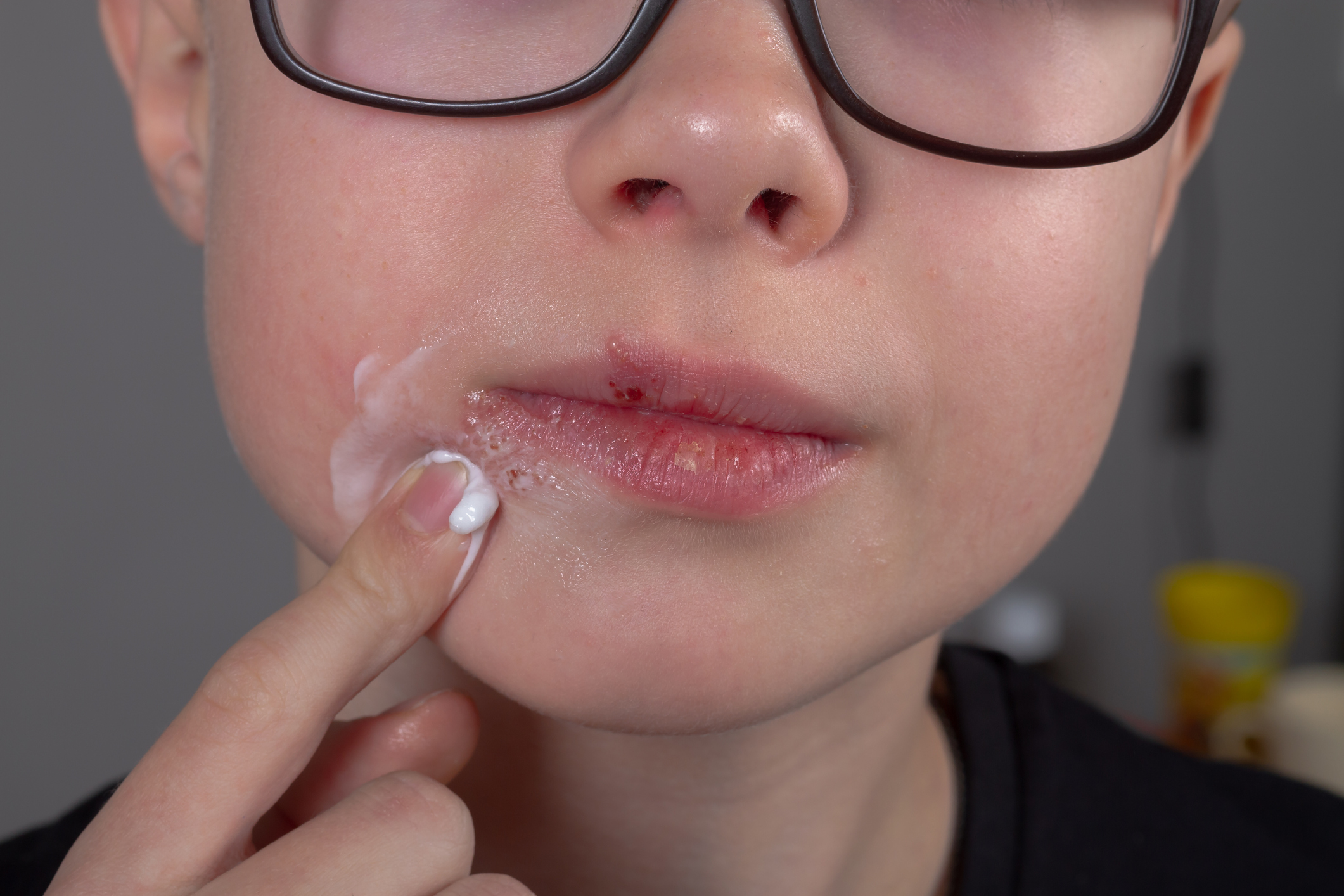- praktickelekarenstvi.cz - The most common problems in the oral cavity - how can a pharmacist help?
- prolekare.cz - Clinical pictures of candidiasis of the mucous membranes of the oral cavity
- prolekare.cz - Candidiasis of the skin and mucous membranes
- prolekare.cz - Advances in the pharmacotherapy of oral mucosal diseases
- solen.cz - Efficacy of calendula (Calendula officinalis, L.) in dermatology
- praktickelekarenstvi.cz - Oropharyngeal candidiasis - Practical Pharmacy
- ncbi.nlm.nih.gov - Angular chelitis
- solen.cz - Specific vitamin needs in healthy pregnant and lactating women, children and the elderly
Cracked corners of the mouth: what causes them and why are they long-lasting? What helps with corns and what is the treatment?

Oral corners are more common in men than in women. The disease can occur in childhood and adulthood.
Article content
The name is derived from the Latin cheilos = lips.
The causes of lip inflammation can be different:
- Physical - sunlight, cold, wind, injury.
- Chemical - toothpastes, creams, lipsticks, dentures, etc.
- Biological - herpes viruses, yeast
Inflammation of the lips can be a manifestation of various diseases that are localized on the lips:
- Malignant melanoma
- Basal cell and squamous cell carcinomas
- Pemphigus vulgaris
- Stevens-Johnson syndrome
- Lichen planus
- Nutritional disorders (deficiency of B vitamins, iron and zinc)
- Angioedema
- Systemic lupus erythematosus
TIP to interesting articles:
Pemphigus: What is pemphigus, why does it occur, how does it manifest and how is it treated?
Systemic lupus erythematosus: How does it manifest, can it cause disability?
One of the most common causes of corns is yeast. Candida albicans is the most common cause of corns in the mouth. It causes three types of infections on the mucous membranes of the mouth:
1. Acute type.
- Acute pseudomembranous candidiasis - Most often occurs in newborns and children. It manifests itself with yellow or white plaques (similar to snowflakes).
2. Chronic type
- Chronic pseudomembranous form - It is a continuation of the acute form. It usually results from antibiotic treatment. It is manifested by painful atrophic or eroded mucosal sections. It occurs mainly on the hard palate.
- Chronic erythematous form - Manifested by whitish discoloration of the tongue and mucous membranes. A characteristic feature of this type of disease is that it can persist for a long time without significant manifestations. Patients experience decreased taste perception.
- Plaque-like candidiasis - Appears on the surface of the tongue. The disease goes into remission. It persists for a long time. The manifestations are similar to the chronic pseudomembranous form. This type of disease occurs mainly after prolonged illnesses.
- Chronic nodular form - It occurs mainly on the soft palate and on the arches of the pharynx. The manifestations of the disease are painful.
3. Diseases caused by the yeast Candida albicans
- Stomatitis prothetica - Occurs mainly in people who wear removable dentures. It manifests itself by redness.
- Glossitis rhombica mediana - This is a rare infection. It presents with a shiny, smooth, sometimes granular rhombic stain on the root of the tongue.
- Cheilitis angularis (angles) - It is classified as oropharyngeal candidiasis. It presents with redness, maceration, fissures and whitish plaques at the corners of the mouth.
TIP to an interesting article:
Whitecoating on the tongue: what causes it and how to remove it?
In addition to the yeast Candida albicans, golden staphylococcus ( 20% of cases) and some streptococci (8-15% of cases) can also cause plaque in the corners of the mouth. The most common cause is a combination of Candida albicans and Staphylococcus aureus (60-75%).
Factors that increase the risk of candida infection include:
- diabetes mellitus
- severe anaemia
- immunosuppression due to chemotherapy and radiotherapy
- HIV and AIDS

Risk factors for candida infection include:
- poor oral hygiene
- irritation or injury to the oral cavity and mucous membranes
- use of broad-spectrum antibiotics
- use of corticosteroids
- unhealthy lifestyle
- smoking
Did you know that...
Approximately 20% of patients with Down syndrome have increased mouth corner formation. This is caused by a slightly protruding tongue and therefore increased saliva production. This results in chapped lips and an increased likelihood of mouth corner formation.
The course of lip inflammation can be acute or chronic. The manifestations of the disease include red and cracked lips, peeling, painful cracks (ragades) and wetting.
Clinically, different forms of lip inflammation are distinguished. They differ only in intensity, etiology or pathogenesis.
In practice, the following forms of lip inflammation are distinguished
1. Cheilitis sicca (cheilitis simplex)
The causes of this type of disease are mainly cold and damp weather or intense sunlight. However, the disease can be a symptom of atopic eczema.
The disease is manifested by redness, blisters, erosions, rough surface, mild scaling. Patients may experience itching and burning.
2. Cheilitis actinica (solar cheilitis)
It is caused by overexposure to UVB radiation. Risk groups include people with phototype I and II. The disease predominantly affects men. It appears mainly in the lower lip area.
Manifestations of the disease include swelling, redness, blistering and localized keratoses.
3. Cheilitis glandularis
This is a developmental abnormality. It mainly affects males. It presents with reddened, painless nodules containing mucus. They appear mainly on the inner side of the lips.
4. Cheilitis granulomatosa (granulomatous cheilitis)
Granulomatous cheilitis is defined as chronic swelling of the lips resulting from granulomatous inflammation.
The disease may occur as a manifestation of ulcerative colitis or Crohn's disease. Contact allergy to dentures, focal infections or viral infections may also be the cause of the disease.
The manifestations of granulomatous cheilitis include inflammatory swelling of the lips (especially the upper lip), which may spread to the cheek. The manifestations of the disease may suddenly worsen and their mouth takes on the appearance of a trunk. We talk about tapir mouth.
5. Cheilitis angularis (corners)
The corners of the mouth are formed mainly by licking the lips. This results in cracking and bacterial infection. This infection is followed by candidiasis. This causes the typical angular candidiasis, which is manifested by redness and painful fissures (ragades).
A deficiency of certain vitamins can also be the cause of the corners of the mouth:
- B vitamins (B2, B5, B6, B9 and B12).
- zinc
- iron
Mouth corners are divided into 4 categories:
- type - formation of small cracks
- type - manifestations of the disease are characterized by lesions with an uneven edge
- type - lesions are formed by several cracks
- Type - lesions do not contain any cracks. The manifestation of this type is reddening of the skin
The manifestations of the disease are alleviated after a few days of successful treatment. In most cases, they subside within 2 weeks. However, in chronic cases, atrophy or formation of granulations may occur.
And how about the corners of the mouth in pregnancy?
Of course, corners can also form in pregnant women. As we know, corners can also form when certain vitamins are deficient.
During pregnancy, a woman's body has increased requirements for vitamin D and B vitamins. For this reason, pregnant women may be more prone to the formation of corners.
For example, the first sign of vitamin B6 deficiency may be the formation of corners on the mouth. However, any treatment and the use of dietary supplements during this period should be consulted with a doctor.
The following table gives examples of vitamins that should be supplemented if we are concerned about corners of the mouth
| Vitamin B2 (riboflavin) |
|
| Vitamin B6 (pyridoxine) |
|
| Vitamin B9 (folic acid) |
|
| Vitamin B12 (cobalamin) |
|
| Zinc |
|
| Iron |
|
TIP to interesting article:
Avitaminosis or vitamin deficiency. What are its risks?

What about the corners of the mouth?
In the first step we should disinfect the wound. We can use hypermanganese, iodine tincture, boron water or gentian violet to disinfect the wound.
The next step is to apply an ointment, gel or cream. Preparations containing active ingredients are available in pharmacies:
- Nystatin
Depending on the concentration, nystatin has a fungistatic (stops the growth of fungi, moulds and yeasts) or fungicidal effect (kills fungi, moulds and yeasts).
- Clotrimazole
It has a broad spectrum of action against pathogenic fungi and some Gram-positive bacteria (staphylococci). For this reason it is used to treat mouth sores.
- Miconazole
Like clotrimazole, miconazole is broad-spectrum. It is effective in the treatment of all types of oral candidiasis.
- Chlorhexidine
A gel containing chlorhexidine, vitamin B and hamamelis is used for cracked corners. It has a bacteriostatic effect. It forms a bacteriostatic film on the skin of the mouth. It has astringent and regenerative effects. It protects the skin of the mouth from external influences.
Cosmetic products available in the pharmacy include:
- Ointment with zinc and sage
Nourishing ointment applied to cracked corners. Leaves a protective layer on the skin of the mouth. Has a slightly drying effect. Promotes skin regeneration. Has a soothing effect. Relieves itching and burning sensation.
- Ointment with sage extract, zinc and vitamin B2
Applied to the cracked corners of the mouth and to protect the skin of the mouth. The active ingredients have a regenerating and soothing effect. It is mainly used for its bacteriostatic and fungicidal effects.
- Gel containing panthenol, eugenol and chlorhexidine
It is used for the care of chapped lips. It is particularly characterised by its protective and regenerative effect.
Nutritional supplements are also available on the market:
Tablets containing vitamin B2 and sage extract can also be found in the pharmacy. Vitamin B2 contributes to the maintenance of healthy mucous membranes.
Calendula
Calendula is used in the treatment of burns, bruises and inflammatory diseases of various origins. In dermatology, the following effects are applied:
- anti-inflammatory
- protective
- epithelialising
- increase skin hydration
- slowing down the skin ageing process
Calendula ointment is used to treat exfoliative cheilitis. This form of cheilitis is characterized as a reactive process in which the lips are chronically inflamed, cracked and dry.
The results of the case study highlighted the fact that calendula ointment has better effects compared to corticosteroids. After application of calendula ointment, complete healing occurred.
Interesting resources
Related










